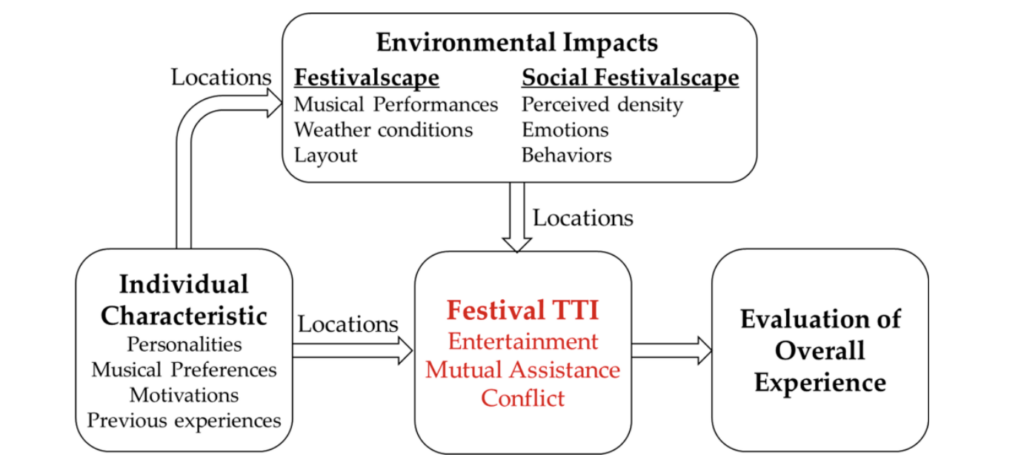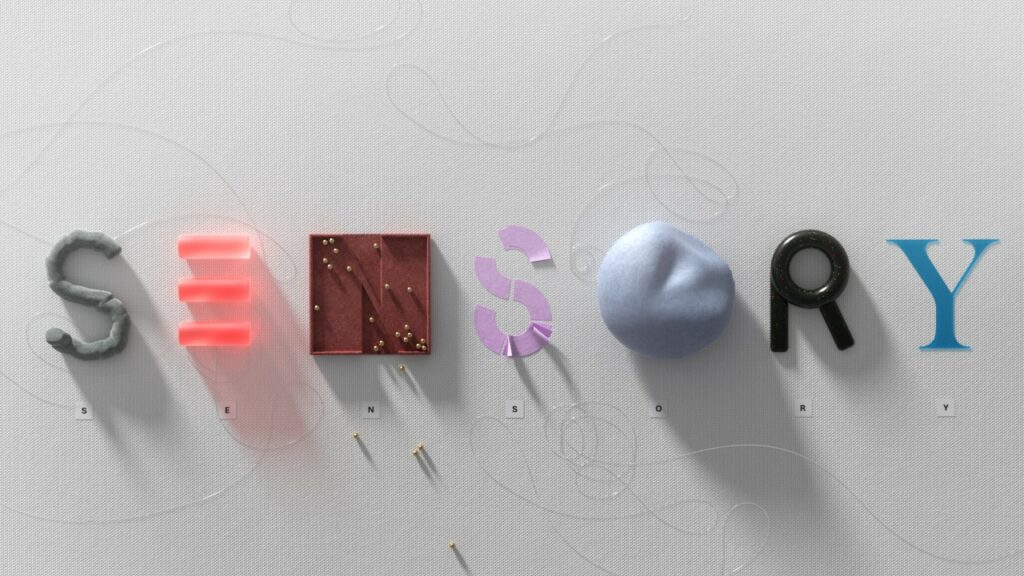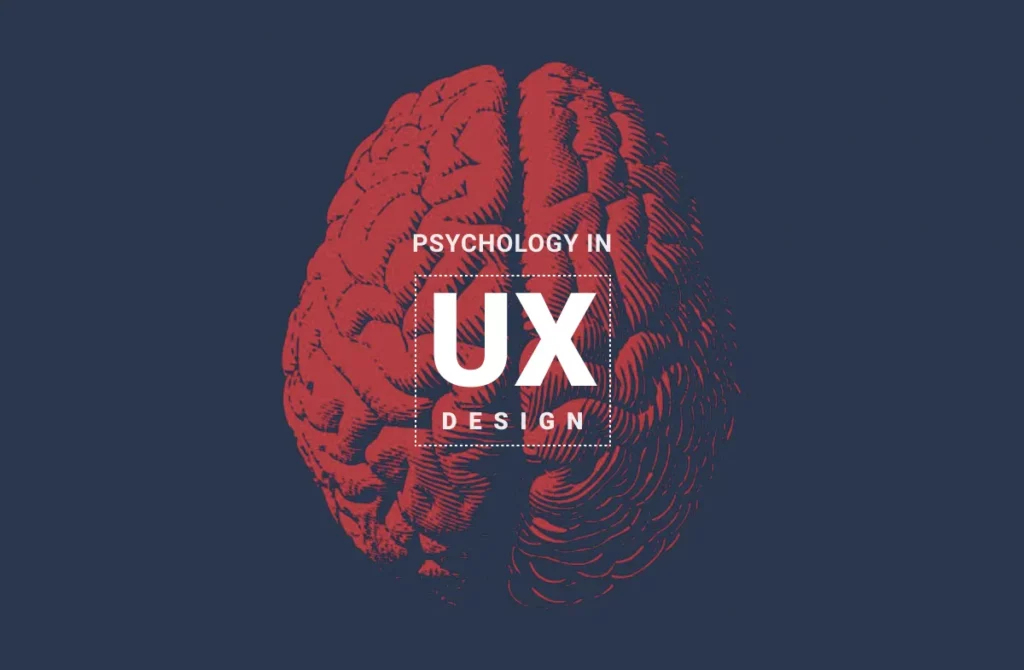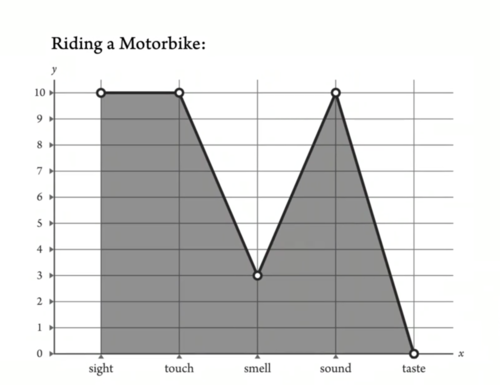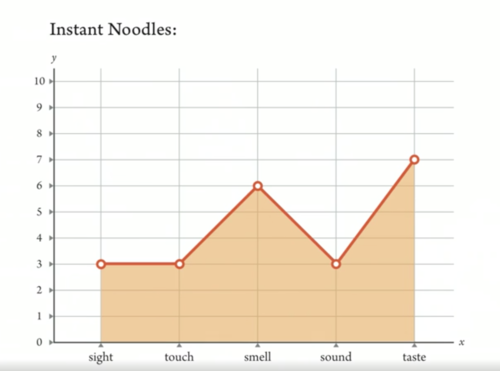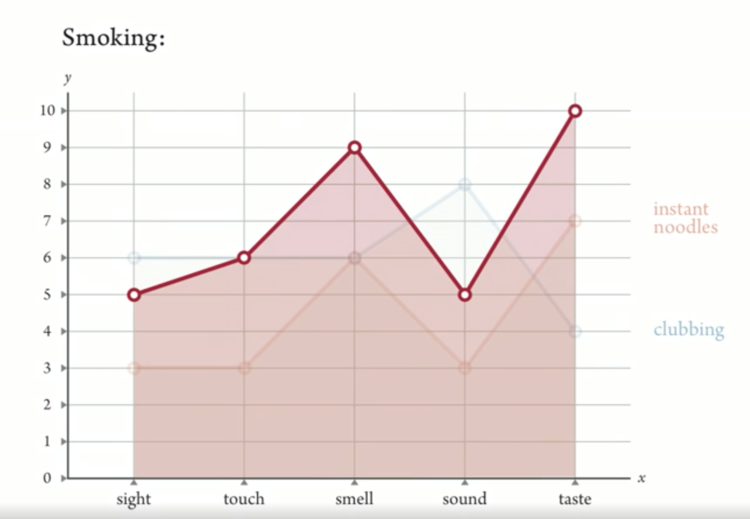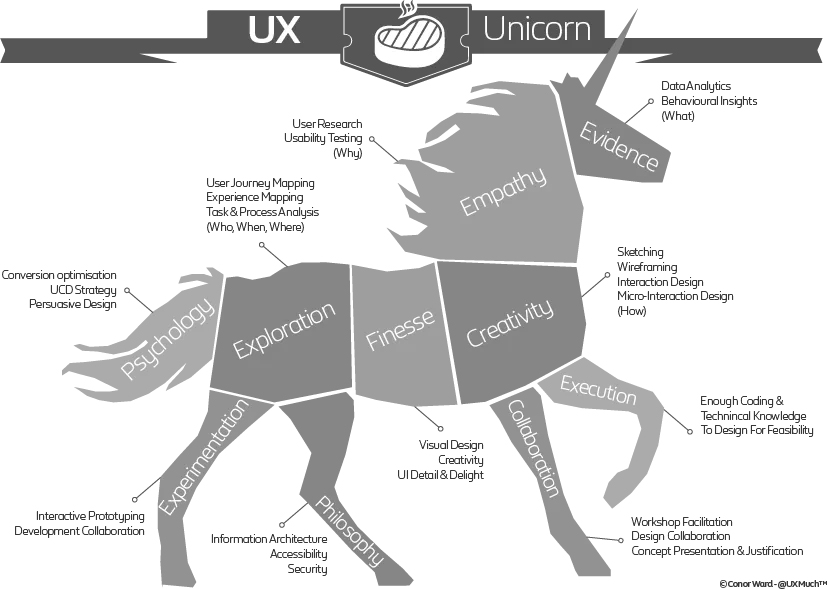In previous blog post, I discussed the importance of multi-sensory design in creating immersive user experiences. This post, offers a comprehensive look at sensory appeal, covering its definition, mechanisms, and importance in UX design. Additionally, it provides practical advice on integrating sensory appeal into design processes while addressing associated challenges.
When it comes to UX design, multi-sensory design appeal plays a major role in producing a memorable and engaging user experience. By offering consumers more than simply visual and aural stimulation, it contributes to an improvement in user pleasure and engagement. This can facilitate the development of a more robust emotional bond between consumers and a good, service, or brand.
Different types of Sensory Stimuli
Visual:
- Color: Utilizing color to elicit emotions, establish contrast, and enhance visual allure.
- Contrast: Employing contrast to heighten visual interest and optimize usability.
- Layout: Crafting intuitive and visually coherent layouts to facilitate seamless navigation.
Auditory:
- Sound Effects: Integrating auditory cues to provide interactive feedback and enrich user experiences.
- Background Music: Utilizing ambient music to set atmospheres and evoke desired emotional responses.
- Voiceovers: Incorporating narrations to deliver supplementary information and enhance user guidance.
Olfactory:
- Scents: Leveraging aromas to evoke specific emotions or associations, enhancing immersion.
- Aromatherapy: Harnessing scents for their therapeutic properties to augment user experiences.
Gustatory:
- Flavors: Introducing flavors to enhance sensory engagement and augment product appeal.
- Food Presentation: Employing aesthetic food presentations to elevate sensory experiences.
Tactile:
- Touch: Incorporating tactile feedback to provide users with tangible interactions.
- Texture: Integrating textural elements to enrich sensory perceptions and tactile experiences.
Application in UX Design
Sensory Stimulation: In UX design, sensory appeal operates by delivering multi-dimensional stimuli that transcend mere visual and auditory engagement. This approach cultivates immersive and memorable experiences, fostering deeper connections between users and the subject matter.
Emotional Connectivity: By engaging multiple senses, sensory appeal cultivates emotional resonance, fostering stronger bonds between users and products, services, or brands. This emotional connectivity enhances user engagement and satisfaction, thereby optimizing overall user experiences.

A Few Tips for Incorporating Sensory Appeal in UX Design
- Select Relevant Sensory Stimuli:
Before infusing sensory appeal into UX design, it’s crucial to pinpoint the sensory stimuli that best suit the product or service. For instance, a bakery might leverage the aroma of freshly baked cookies, while a gaming app could benefit from immersive sound effects.
- Maintain Balance and Consistency:
Incorporate sensory stimuli judiciously and consistently. Overloading users with sensory input can overwhelm them, while insufficient stimulation may lead to a lackluster experience. Strive for a harmonious blend that enriches without overpowering.
- Account for User Context:
Consider the context in which users engage with the product or service. Factors like environment and user preferences should inform decisions about sensory elements. For example, users in quiet public spaces may prefer minimal auditory distractions.
- Test and Refine Continuously:
Regular testing and refinement are essential to ensure that sensory appeal enhances the user experience effectively. Utilize user feedback and iterative design processes to fine-tune sensory elements and gauge their impact on user engagement.
Challenges and Limitations of Incorporating Sensory Appeal into UX Design
- Technical Limitations:
Some devices may lack the capability to support certain sensory stimuli, such as smell or taste. Designers must navigate these constraints creatively to deliver compelling sensory experiences within technical boundaries.
- User Preference and Accessibility:
User preferences vary, and certain sensory elements may not be universally appealing or accessible. Designers should consider inclusivity and accommodate diverse user needs, ensuring that sensory appeal enhances rather than hinders usability.
- Cost Considerations:
Implementing sensory appeal, particularly advanced features like haptic feedback or virtual reality, can incur significant costs. Companies must assess the cost-effectiveness of integrating sensory elements against potential benefits to justify investment in UX enhancement.
In summary, sensory appeal is a cornerstone of effective UX design, enriching user experiences beyond visual and auditory realms. When integrated thoughtfully, sensory stimuli foster emotional connections, bolster brand recognition, and differentiate products in competitive markets. However, designers must navigate technical constraints, accommodate user diversity, and manage costs to leverage sensory appeal successfully. By striking a balance, considering user context, iteratively refining designs, and addressing challenges, companies can create immersive, engaging, and memorable user experiences that elevate their brand presence and competitive edge.
Resources:
- https://www.front-commerce.com/sensory-ux-in-the-digital-era/#:~:text=and%20channels%20themselves.-,What%20is%20sensory%20UX,of%20a%20product%20or%20service.
- https://bootcamp.uxdesign.cc/sensory-appeal-in-ux-design-the-secret-to-enhancing-user-experience-ac46755eae3f
- https://medium.com/syfte-blog/what-you-need-to-know-about-sensory-design-f4d02f4633ce
